City Theatrical Interview with Chief Lighting Technician Steven Ramsey
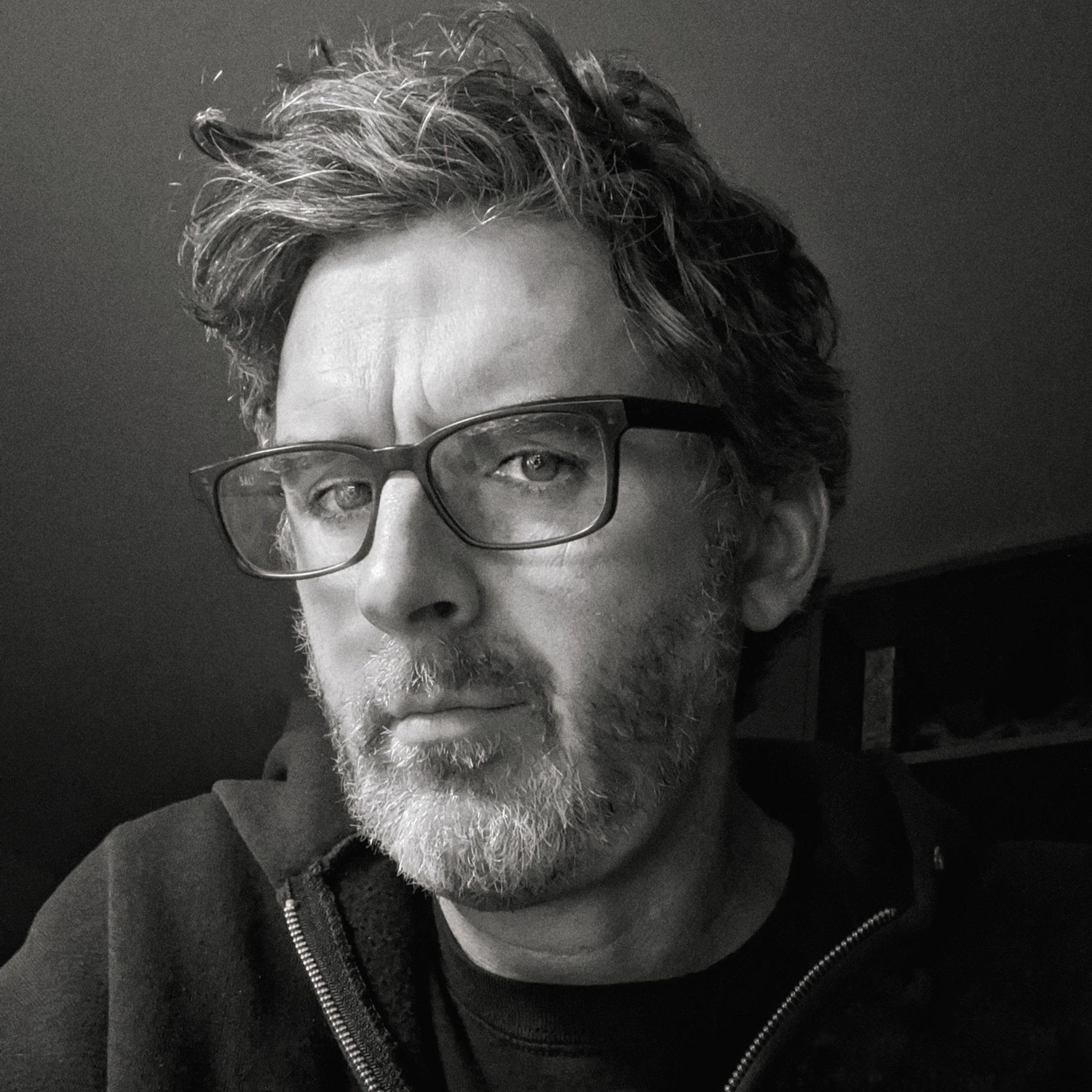
Steven Ramsey, Chief Lighting Technician
PROFESSIONAL PROFILE
| Name: | Steven Ramsey | |
| Profession: | Chief Lighting Technician | |
| Experience: | 26 years | |
| Location: | Brooklyn, New York, USA | |
| Website: | www.imdb.com/name/nm0709079/ | |
| Recent Films: | Leave the World Behind (2023), A Journal for Jordan (2021), West Side Story (2021), The Goldfinch (2019), Joker (2019), A Rainy Day in New York (2019), The Post (2017), Wonder Wheel (2017), Bridge of Spies (2015), Winter’s Tale (2014) | |
| Recent TV Series: | Z: The Beginning of Everything (2017), Royal Pains (2011 - 2016) | |
INTRODUCTION
City Theatrical interviewed Chief Lighting Technician Steven Ramsey to find out more about his life as a gaffer for film and television series, what inspires him, and his interest in technologies, including discovering the 900MHz band with Multiverse wireless DMX/RDM during the COVID-19 pandemic.
THE INTERVIEW:
Steve Ramsey (SR): I really got interested in movies from my brother who is 10 years older. I looked up to him and did my best to grow into his interests, particularly in watching and appreciating classic movies, especially horror movies which were more accessible to my young brain. Being the big brother, he would set me straight on things like when we were watching a TV broadcast of the movie Casablanca and I said that ‘this is just like Raiders of the Lost Ark and he countered with ‘No. Raiders of the Lost Ark is just like this!’ I definitely credit my interest in film from an early age to his influence, and big-brotherly direction.
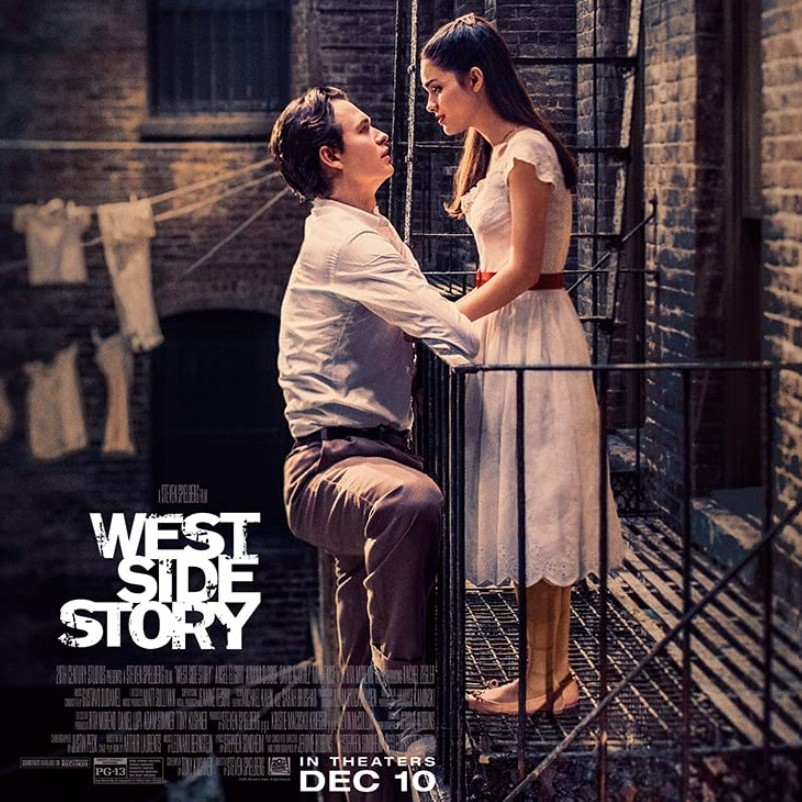
West Side Story (2021). Chief Lighting Technician Steven Ramsey.
“The world of TV/Film production was distant, intangible, and completely removed from any conversation having to do with a career. When it was time for me to go to college, I tried computer science. After a year, I transferred to NYU Film School. NYU was my introduction to New York City. It was exactly what I needed.”
Steven Ramsey, Chief Lighting Technician
CTI: How did you get started in film?
SR: I grew up in Rochester, New York, which was home to Kodak, Bausch and Lomb, and Xerox, and called itself the ‘Imaging Center of the World’. If you grew up in Rochester in the 70s/80s you were probably imagining yourself in a career in one of those three companies. My Dad worked for Kodak for 45 years. Despite this industrial connection to the film industry, the world of TV/Film production was distant, intangible, and completely removed from any conversation having to do with a career. When it was time for me to go to college, I tried computer science, thinking it was a more relatable career. After a year, I realized that my passion for computers was more of a hobby and less of a serious career commitment. Then I transferred to NYU Film School.
NYU was my introduction to New York City. It was exactly what I needed.
The program was really geared to turn out directors. I had come from a more visual background (drawing, etc.) and I didn’t have any prior experience with actors, so I always felt a little more comfortable around the cameras and lighting equipment. After graduating, I knew about the role of cinematographers but not what a gaffer was so much. Neither did I know much about electricity. The students formed wonderful relationships with one another, and we were eager to help one another to find our way together in the industry after graduation. Two of my earliest paying jobs were (simultaneously) at a lighting rental house called Xeno Lights where I worked during the day, and a soundstage called City Stage, where I would work at night. In retrospect, I probably should have had an extra change of clean clothes during those days! In the end, they were great opportunities to learn about the equipment and to see how the professional crews worked.
CTI: What is one of your first film credits?
SR: I got my first job in the lighting department working on a 3-D Troma movie called Tromeo and Juliet, which was written by James Gunn before he would go on to direct Guardians of the Galaxy. It was Romeo and Juliet mixed with monsters and junkies getting impaled on various things… I was the best boy, even though I had not even worked as a lamp op before. It was a learning experience in every sense! Needless to say, I also had to unlearn a few things after that.
I spent the early years working my way up through non-union low-budget independent movies. I was usually hired as the gaffer, though I secretly wanted to work for an established gaffer who could be a mentor. At a certain point, I hit the ceiling of non-union movies and made a concerted effort to get into the IATSE Local 52 union for Motion Picture Studio Mechanics in New York City. After 6 years of low-budget work, I became a union member and started learning about how the bigger industry really worked, and how different technical departments on a job worked together in harmony to achieve a much more sophisticated end product. I finally got a chance to work for many established industry gaffers from whom to learn. As I became more experienced, so did some of my cinematographer peers from the independent film projects. These two worlds eventually merged, and I found myself in the fortunate position of being a young gaffer being hired on studio feature films by up-and-coming cinematographers.
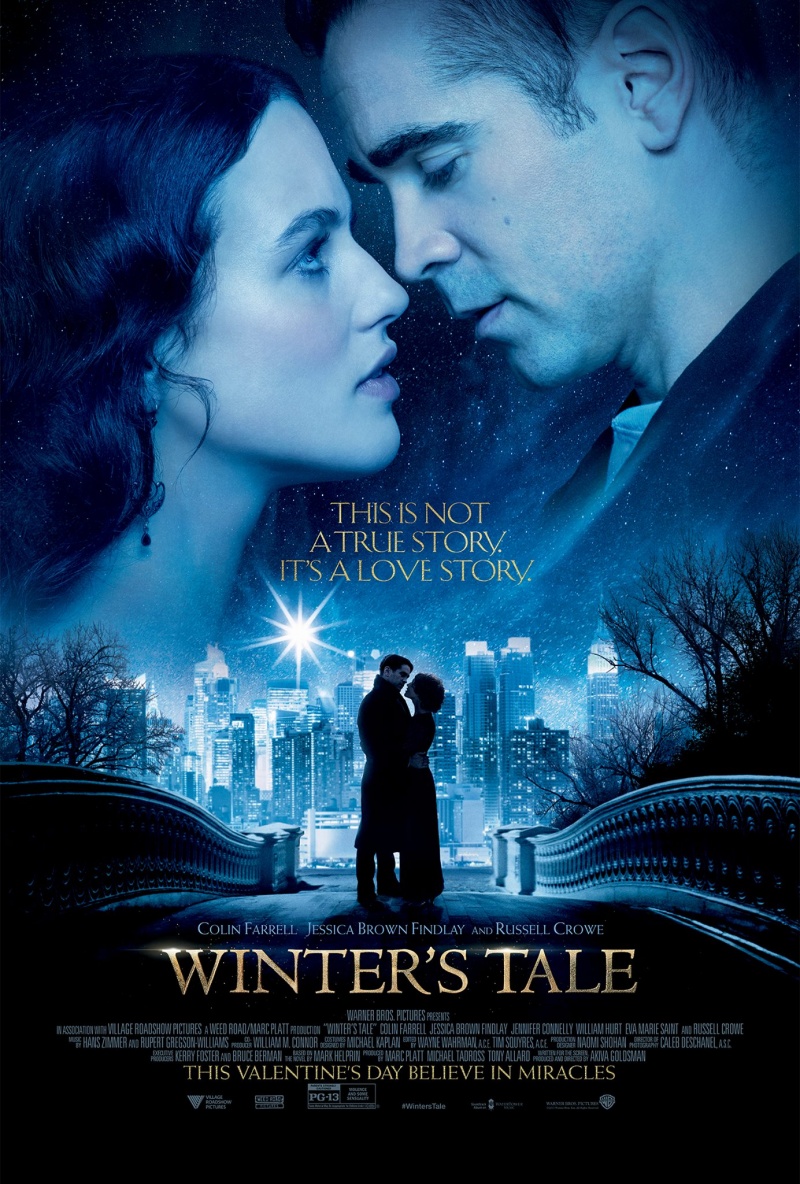
Winter's Tale (2014). Chief Lighting Technician, Steven Ramsey.
“I became a union member and finally got a chance to work for many established industry gaffers from whom to learn. As I became more experienced, so did some of my cinematographer peers from the independent film projects. These two worlds eventually merged, and I found myself in the fortunate position of being a young gaffer being hired on studio feature films by up-and-coming cinematographers.”
- Steven Ramsey, Chief Lighting Technician
CTI: What was your big break in film?
SR: The big break? I would say it was my first gaffer job working on a low-budget movie called Love God produced by Good Machine. My second big break was my first $20M+ studio movie called Nanny Diaries starring Scarlet Johannsen and Chris Evans. The cinematographer for both was Terry Stacey. It was also one of the first movies shot at Steiner Studios in Brooklyn. So in a way, it felt like the beginning of a new era for me and also for New York film production.
CTI: What was one of your favorite television series to work on?
SR: I worked on some TV shows, including Royal Pains on the USA Network, which was based at Broadway Stages in Greenpoint Brooklyn, and shot on location mostly on the north shore of Long Island. The DP on the show was my friend, Joe Collins, with whom I’d worked on Nanny Diaries. It was his first full TV Series as DP and we were both excited to be able to make the show as unashamedly sunny, pretty, and generally positive as we could. It was a wonderful experience. We had one particularly difficult lighting assignment with a studio set that had an interior that led out to an exterior patio. We learned a lot about what we could and could not get away with in terms of faking daylight. We shot the show from the Spring through the end of Summer. We also traveled to some distant, beautiful, and sunny destinations to extend the look of the Summer season.
CTI: What were some of your favorite films to work on, and how do you balance them with other work?
was all winter, all cold, and shooting took place before and after the impact of Tropical Storm Sandy. It was easily one of the most challenging production experiences I’ve ever had.
I was as happy as ever to return to Royal Pains for the summer after that! However, I would not have been offered the opportunity to work on other feature films if I had not been able to fit features like this into my schedule alongside the TV work.
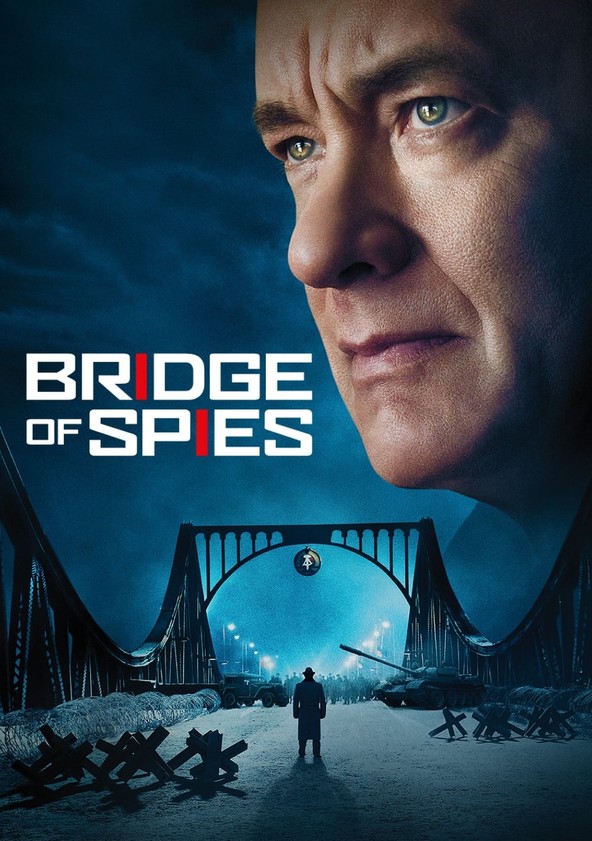
Bridge of Spies (2015). Chief Lighting Technician Steven Ramsey.
“If I’m fortunate enough, I welcome the opportunity to have some time to take off to be home with family between jobs. I don’t think I would be very good at my job if I never took a break from working. It would be overwhelming and everything would suffer. It’s different for different people. That’s how I operate best.”
- Steven Ramsey, Chief Lighting Technician
CTI: How did you start working on films directed by Steven Spielberg?
Steven and Janusz are a wonderful creative team to be a part of. I’ve never worked so hard and laughed so hard at the same time.
By the time West Side Story went into production, my team, including Best Boy Ryan Webb and Rigging Gaffer Jason Lanci, was prepared for the larger scope that the job would entail. It was the first musical production that many of us, including myself, had worked on. It was a remarkable experience. We were privileged to be a part of the entire process from screen-testing the actors for the main roles, to watching dance rehearsals and onward.
CTI: How do you go from one feature film to the next?
SR: If I’m fortunate enough, I welcome the opportunity to have some time to take off to be home with family between jobs. I don’t think I would be very good at my job if I never took a break from working. It would be overwhelming and everything would suffer. It’s different for different people. That’s how I operate best.
CTI: Any learnings workwise during that time off during the pandemic?
SR: On the work front, the pandemic gave me chance to catch up on technology. I also hit the books a bit. When you go from one job to the next, sometimes it’s easy to lose the thread when it comes to the newest technology. The job of lighting has gone from plugging in tungsten lights to a full computer revolution, from adding gel to lights to understanding color science. There have been many product launches during the pandemic, including your Multiverse wireless DMX/RDM, that have affected jobs since. We’ve also been using the ETC Source Four Series 3 LED a lot. With each version of it, they keep getting better. It’s my favorite option for that form factor, and now it comes with Multiverse. Nobody’s made a better version of it. The deep red color is amazing.
I’m grateful for the availability of the 900MHz band with your Multiverse wireless DMX. It has given us a valuable option to step out of the crowded 2.4GHz spectrum and avoid those all too frequent instances when another department is having a communication conflict or vice versa. So thank you, City Theatrical, for giving us a better opportunity to diversify our wireless communication and do our part to alleviate the wireless traffic jam.
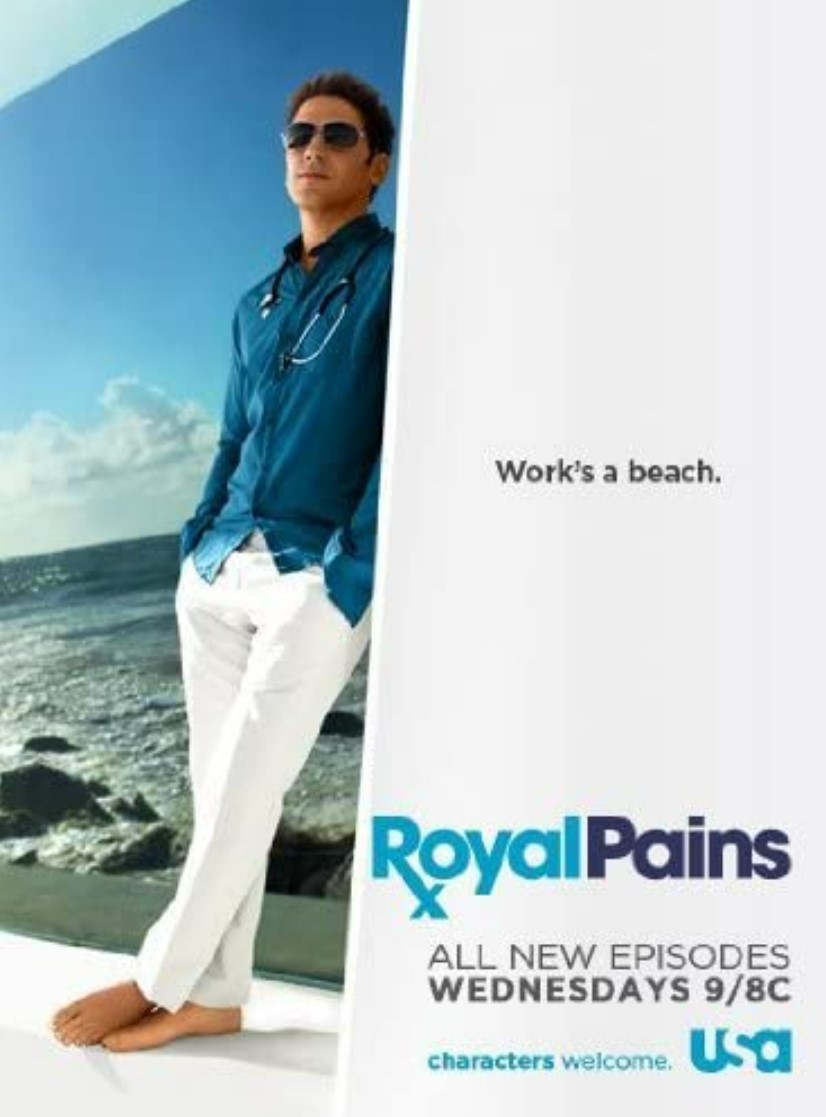
Royal Pains (2011-2016). Chief Lighting Technician Steven Ramsey.
“The 900MHz band of Multiverse wireless DMX has given us a valuable option to step out of the crowded 2.4GHz spectrum and avoid those all too frequent instances when another department is having a communication conflict or vice versa. It’s a better opportunity to diversify our wireless communication and do our part to alleviate the wireless traffic jam.”
- Steven Ramsey, Chief Lighting Technician
CTI: Thank you for your kind words, we’re glad Multiverse technology was there for you when you needed it. How has it been working?
always hard to get a strong signal from end to end without boosting the signal and affecting others. We no longer have those issues.
I recently worked on a project where we were shooting on Steadicam in a long hallway following talent with an eye light. Because we were adjusting light levels on the fly, we needed a very steady wireless connection. When it suddenly became evident that the 2.4GHz transmission from our other wireless system was wreaking havoc with the camera assistant’s wireless follow focus, we were able to quickly pivot to the Multiverse 900MHz band. In prep, we used RadioScan Spectrum Analyzer to determine that the ShoW ID 9150 was ideal for the space. Fortunately, the Multiverse Reciever is ready out of the charging cradle and automatically links to its transmitter, so we didn’t have to create a delay or compromise either the lighting or the focus on the shot.
CTI: How did you hear about Multiverse?
SR: During the pandemic, I read your case study with Justin Stroh, on season two of The Unicorn. I was impressed by what Multiverse Studio Kit was able to do.
I talked to a handful of people around New York who were using Multiverse well and found that it plays well with other wireless DMX systems, including LumenRadio. I met with a City Theatrical representative at a demo day at Insight Equipment in Queens and liked the Multiverse Studio Kit. I was excited, as I’d been looking for a solution to the problem of too much traffic on the 2.4GHz band.
CTI: Is there any style, technology, or way of working that you take with you from one film to the next?
SR: I try to be thoughtful to the other crew members for any film. I try to accomplish my part of the job without being too selfish about it. It’s a team effort.
instead of one that’s half-baked and patchworked.
Perhaps this is describing more of a service and less of a lighting style. Helping the whole machine, without us giving up on the other stuff, that’s a good goal.
Want to read this designer interview in print?
View or download this interview as a multi page PDF.
Download Interview PDF